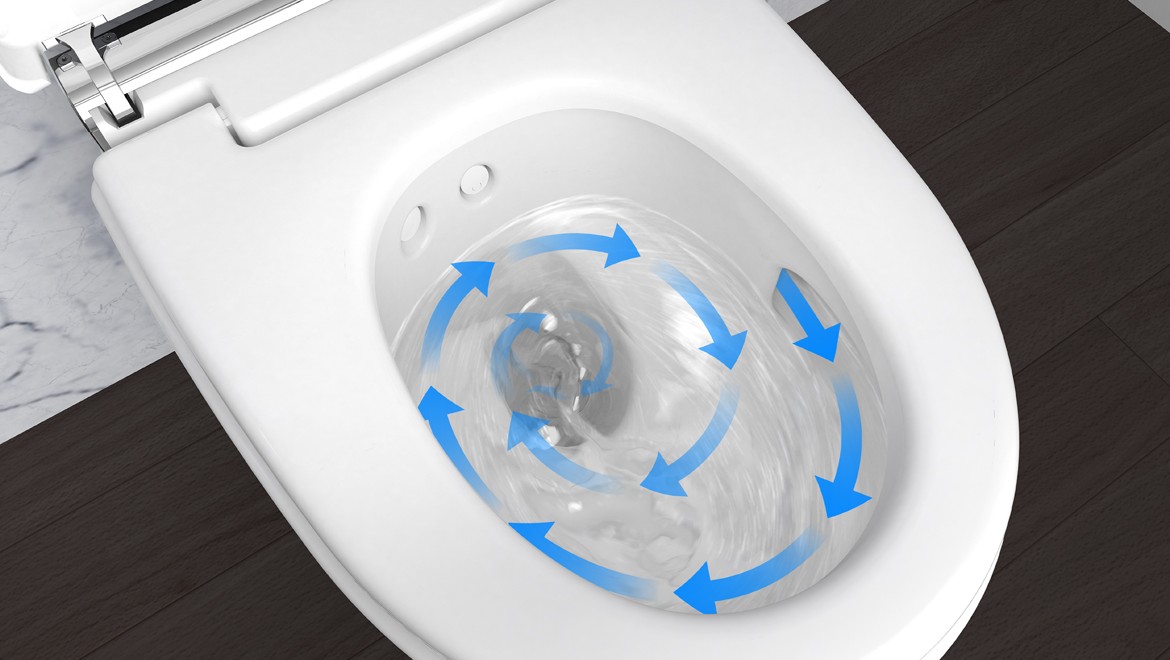In the quest for eco-friendliness and efficiency, the best water-saving toilet for small bathrooms has become an essential component in the design and upgrade of compact spaces. Whether you are renovating your home or fitting out a new one, understanding how to select a toilet that conserves water without sacrificing performance is crucial. This article provides insights into the options available, helping you make informed decisions that meet your needs for functionality and sustainability.

The Importance of Water Conservation
With increasing environmental awareness, many homeowners are prioritizing effective water management in their renovation plans. Traditional toilets can use between 3.5 to 7 gallons per flush, which significantly impacts water bills and the environment. Opting for a water-saving toilet means you are contributing to important conservation efforts while also decreasing your utility costs.
Key Features of Water-Saving Toilets
Diverse Flushing Options
Modern water-saving toilets are designed with dual-flush systems, allowing users to choose between a full or partial flush depending on the need. This flexibility is beneficial in promoting responsible water use and can lead to significant savings over time. If you want to know more about flushing technologies, check out this article on dual vs single flush toilets.
High-Efficiency Models
High-efficiency toilets (HETs) use 20% less water than the current federal standard of 1.6 gallons per flush. The EPA's WaterSense program certifies these toilets, ensuring they perform at their best while conserving resources. This results in substantial savings without compromising on flushing power. For a deeper dive into high-efficiency toilets, this comprehensive guide can be an excellent resource.
Compact and Stylish Designs
Space efficiency is key in small bathrooms, and many water-saving toilets boast compact designs that free up room while offering style and sophistication. Innovations such as tankless designs or wall-mounted options provide seamless integration into limited spaces, ensuring that you dont have to sacrifice aesthetics for functionality.
Selecting the Right Toilet for Your Space
Consider Your Plumbing System
Before choosing a toilet, it is essential to assess your existing plumbing system. Some water-saving toilets might require adjustments to your current setup. Understanding these requirements can prevent future issues and unexpected costs.
Performance and Durability
Durability and performance are critical when selecting a toilet. High-quality materials and a robust design ensure long-term performance and satisfaction. Look for products with strong customer reviews and recommendations from reliable sources.
Conclusion
Selecting the best water-saving toilet for small bathrooms involves careful consideration of functionality, water efficiency, and design compatibility. By choosing a model that aligns with your needs and the specifics of your space, you can create a more sustainable home environment that also offers comfort and style.

FAQs About Water-Saving Toilets
What are the benefits of a dual-flush toilet?
Dual-flush toilets provide the flexibility to use less water for liquid waste and more for solid waste, promoting water conservation. For more details, you can read about the differences between dual and single flush toilets.
How much money can I save with a high-efficiency toilet?
High-efficiency toilets can reduce water use by 20% or more, leading to substantial savings on water bills. This savings varies depending on household use, but over time, these toilets pay for themselves. More information is available in this detailed breakdown.
Are water-saving toilets difficult to install?
Installation can vary. While some setups might need adjustments to your plumbing, most units provide standard fittings and can be installed with basic plumbing knowledge. If you're unsure, it's advisable to consult with a professional. A useful guide on the installation process is available here.






